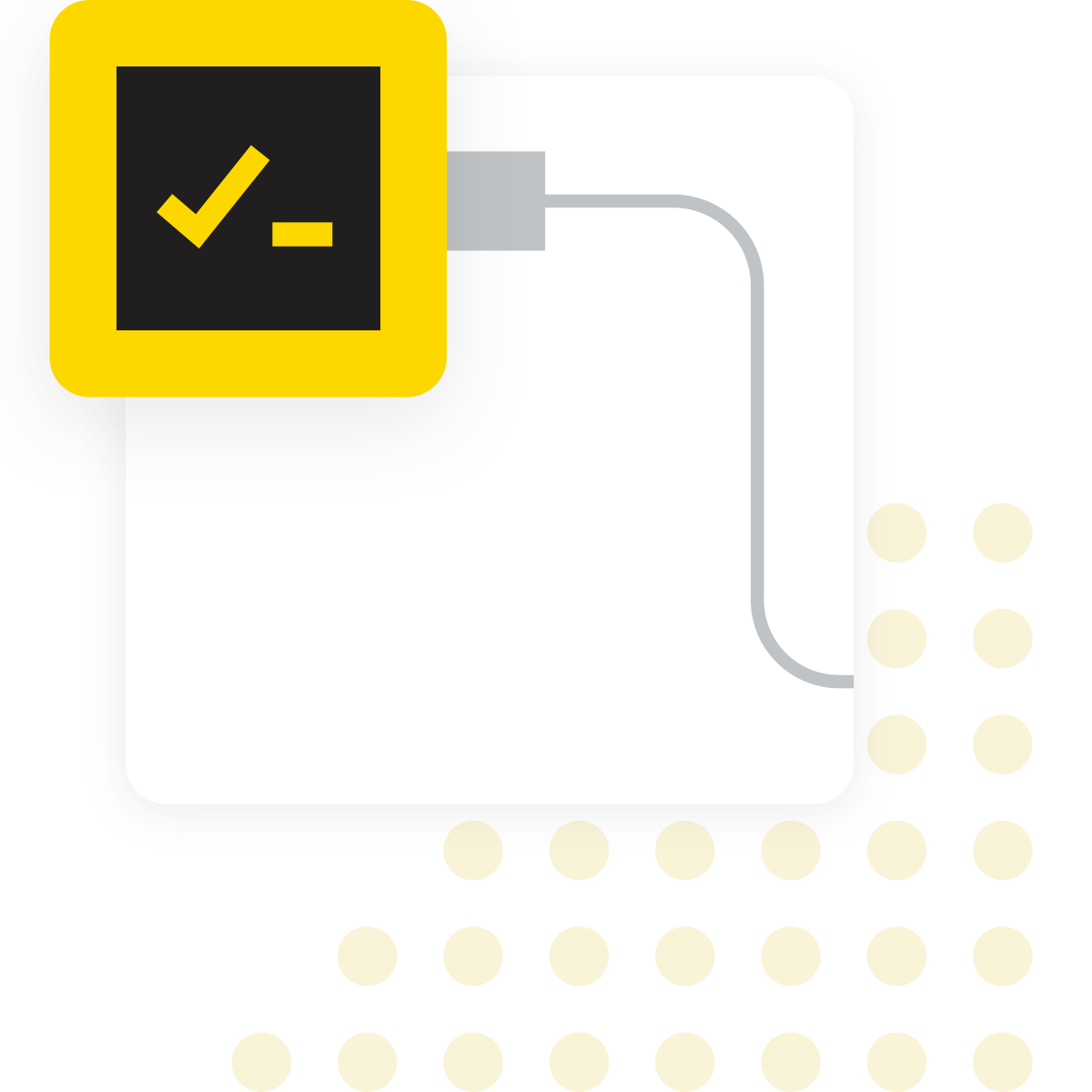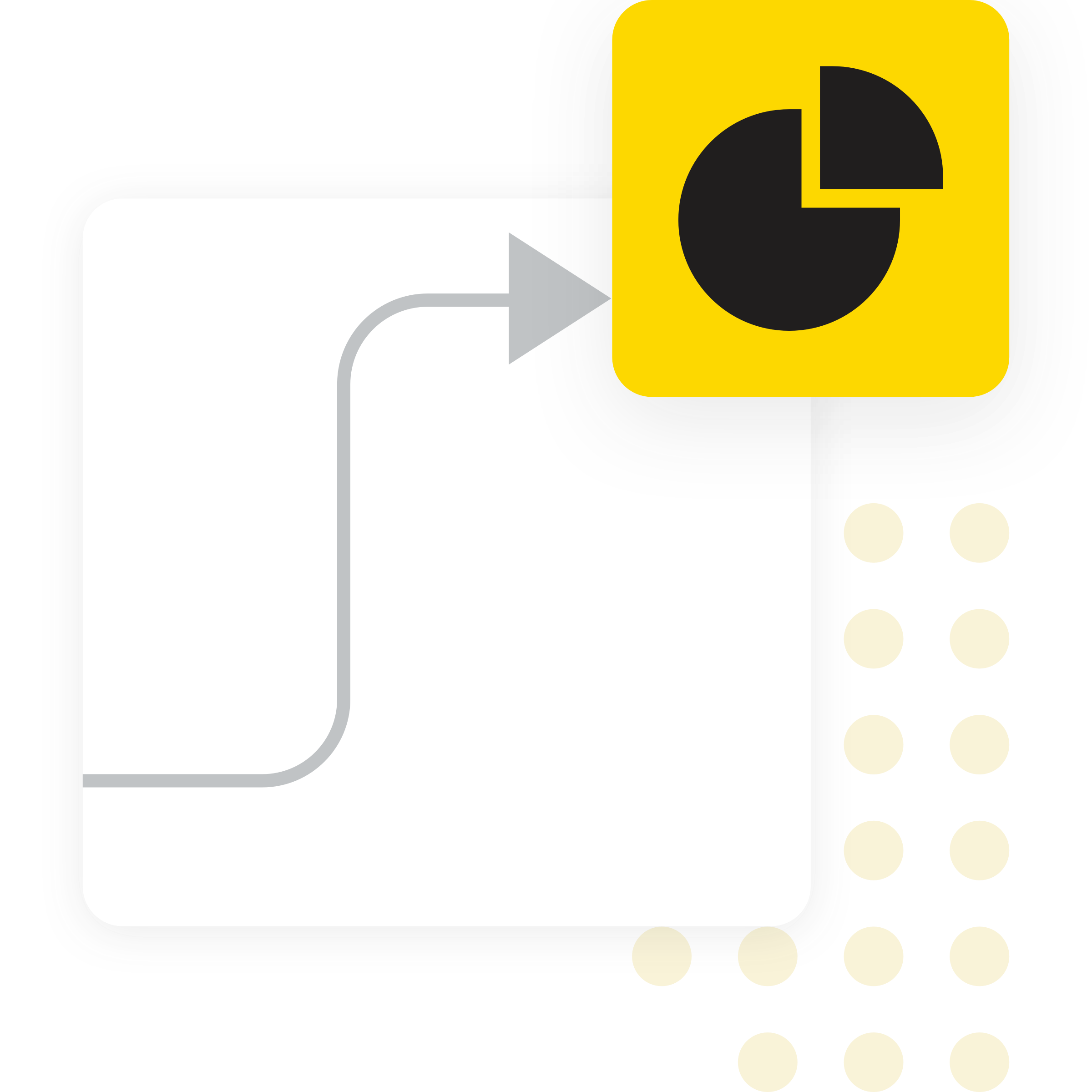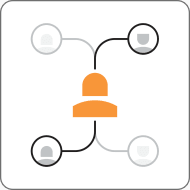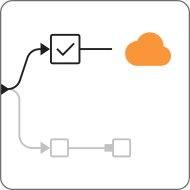Financial Closing Reporting with KNIME
Financial closing reporting is a recurring responsibility for finance teams, involving the collection, comparison, and presentation of actuals, budgets, and forecasts. With KNIME, you can automate and standardize this process to reduce manual effort, improve accuracy, and deliver timely reports that support decision-making.
KNIME Workflow Example for Financial Closing Reporting
This example workflow demonstrates how KNIME can automate a monthly financial closing process:
- Data access from different sources
- Join and clean the data
- Calculate variances and identify deviations
- Write or visualize the data
Why use KNIME for Financial Closing Reporting

What is Financial Closing Reporting?
Financial closing reporting refers to the periodic process of compiling financial data, typically at month-end, quarter-end, or year-end, to assess business performance and ensure accountability. This process often includes consolidating actuals, comparing them to plans, calculating variances, and generating reports for stakeholders.

Why does it matter?
Closing cycles are essential for financial oversight and planning. But they are also time-sensitive and data-intensive, placing significant demands on finance professionals. Timely and accurate reporting enables organizations to respond quickly to financial trends and meet regulatory or managerial expectations.

Typical challenges
- Data dispersed across systems, spreadsheets, and planning tools
- Manual preparation is prone to errors and inconsistencies
- High workload during closing periods with repetitive tasks
- Limited visibility and traceability of reporting steps

Benefits of using KNIME
- Automate data collection, transformation, and reporting to cut manual work
- Connect to Excel, Google Sheets, databases, and enterprise planning tools in one platform
- Standardize variance analysis and period comparisons for consistent results
- Maintain full traceability with reproducible, auditable workflows
- Export reports to Excel, Power BI, dashboards, or other formats for fast sharing
How to use KNIME for Financial Closing Reporting

Report generation
Export polished reports to Excel or structured tables, or build interactive Data Apps for stakeholders. Visualize results using KNIME’s built-in visualization nodes or push the prepared data to BI platforms like Power BI or Tableau.
How to Get Started
Additional Resources
Collection page: KNIME For Finance
A set of ready-to-use solutions designed to speed up analytics transformations in finance departments.
FAQ
Yes. KNIME workflows can be scheduled to run at fixed intervals using KNIME’s paid plans, reducing the need for manual execution.
Absolutely. KNIME can read, process, and write Excel files, making it a natural fit for teams transitioning from spreadsheet-heavy workflows.
Each workflow is visual and self-documenting. You can trace every step of data transformation and reporting, ensuring transparency and compliance.
Yes. KNIME includes calculation nodes for absolute and relative variance and can be configured to highlight deviations or trigger conditional logic.
KNIME supports connections to Excel, SAP, Oracle, Snowflake, Databricks, and 300+ other systems through built-in and partner extensions.
KNIME can export reports directly to Excel, PDF, or interactive dashboards or Data Apps, facilitating efficient communication with stakeholders.



